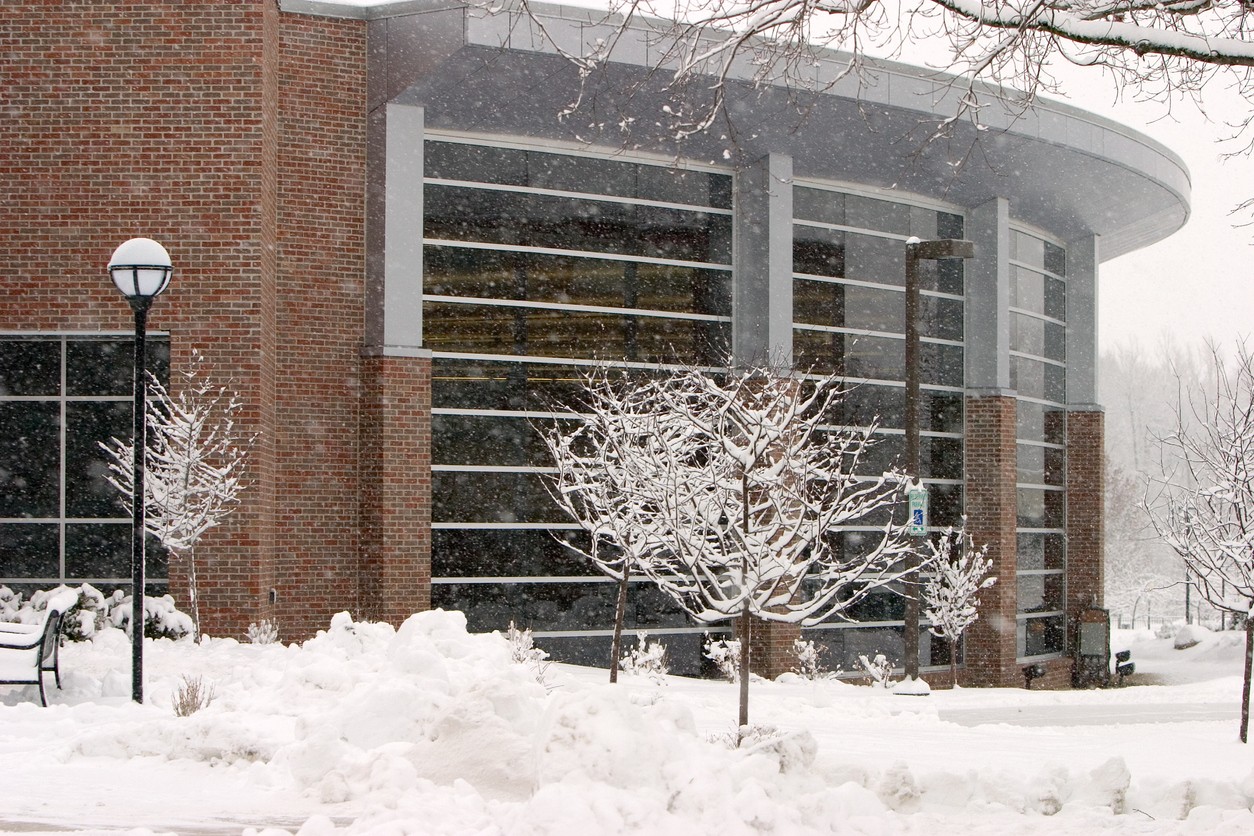Most people associate a flood with excessive rain at the end of summer and the start of fall. However, floods aren’t limited to these seasons. Floods can also happen during winter. Thus, your clients should have measures to prevent winter flood risks from damaging their property and address it when it happens.
Cause and Possible Effects of Floods
Heavy snowfall can cause winter floods when the snow melts. Often, areas in the Northeast, Midwest, and West of the US experience this. In coastal areas, high tides can aggravate the situation.
Heavy rains during winter in coastal places such as New York can also be a significant cause of floods. Nor’easters, the term for low-pressure areas coming from the Northeast, can bring floods that can significantly damage properties.
These causes are inevitable, but your clients can do some tasks to reduce the risks associated with winter floods.
Before Winter Floods
Prevention is the best crisis home management task. Your clients should make it a habit to check their facilities such as drainage, sump pump, and sewer to ensure they’re in top working condition.
Check Drainage
This refers to your client’s home gutter, window wells, and downspouts. Check these drainage facilities and ensure they are free of debris that may clog water drainage.
The lawn landscape should have a subtle slope, away from the house foundation. Water pooling in the foundation wells is risky because it weakens the walls.
Install a Sewer Valve
Winter flooding affects a whole area, making sewer systems useless during these circumstances. To prevent floodwater from entering the home via the sewer, install a backwater sewer valve. Check this annually to see if it’s in perfect condition.
Test Sump Pump
Sump pumps remove floodwater in the basement. Thus, see to it that the pumping capacity can keep up with the surge of the flood. Also, prepare a backup battery for the sump pump for a possible power outage.
Inspect Basement Walls
The basement is often the catch-basin of floods, so make sure the walls are still sturdy. Inspect for cracks and caulk them appropriately.
During Winter Season
The winter season is in full effect, which means snowfall. Don’t wait for the snowfall to pile up three feet
to take action. Instead, clear these snow piles immediately. There should be at least a two-foot cleared area between the snow pile and the house, especially near downspouts and the basement walls.
Rake the snow off the roof with a specialized tool for removing snow. This will prevent an ice dam that reduces the efficiency of the gutters.
Even after some preventive measures, unexpected events can still happen, especially if the winter floods are severe. When these events happen, your clients should put safety first. Always listen for updates.
- If the state government warns about severe floods, prepare the evacuation kit beforehand.
- If the state government issues an evacuation order, follow it strictly.
- Before leaving the house to follow an evacuation order, turn off all electrical, water, and HVAC systems.
- Remind your clients to return only if the state government says it’s safe to do so.
After Winter Floods
Clean the house as soon as the winter flood subsides, and it’s safe to do so. Wear safety gear during the cleanup, such as rubber gloves and boots, and document damages for insurance claims.
Use appropriate tools in clearing debris, removing pooled water. Don’t switch on electrical appliances or any system if there is still moisture or flood water everywhere.
Disinfect rooms to remove any lingering bacteria and dry surfaces with a clean mop. Once floodwater isn’t visible, run the fans to ventilate the house.
Your clients may also call an expert to assess the extent of damage to their house. This would be helpful for insurance claim procedures.
Protect Your House with Insurance
Preventive measures might not be enough if the house has valuable items or expensive systems working inside. For example, if they have converted their house into a smart home, where lighting, water, entertainment, and HVAC systems are connected to a central network, this may require a different strategy to reinstate.
A Coastal Home Insurance in New York can protect your client’s home against damages due to floods. They can claim reimbursement for repairs and replace damaged appliances and other personal properties covered in the insurance.
Don’t let winter floods ruin an ancestral or dream house. Preventive measures can help your clients protect their home. However, home insurance is their ultimate emergency button when preventive actions aren’t enough.
About Snyder Specialty
Snyder Specialty, LLC is a New York-based underwriting facility that provides a range of property and liability solutions for personal and commercial lines. Specializing in coastal properties and hard-to-place risks, Snyder Specialty expands your current capabilities with proven solutions for complex risks. Find out more about the company’s range of services by calling (718) 362-8039.



